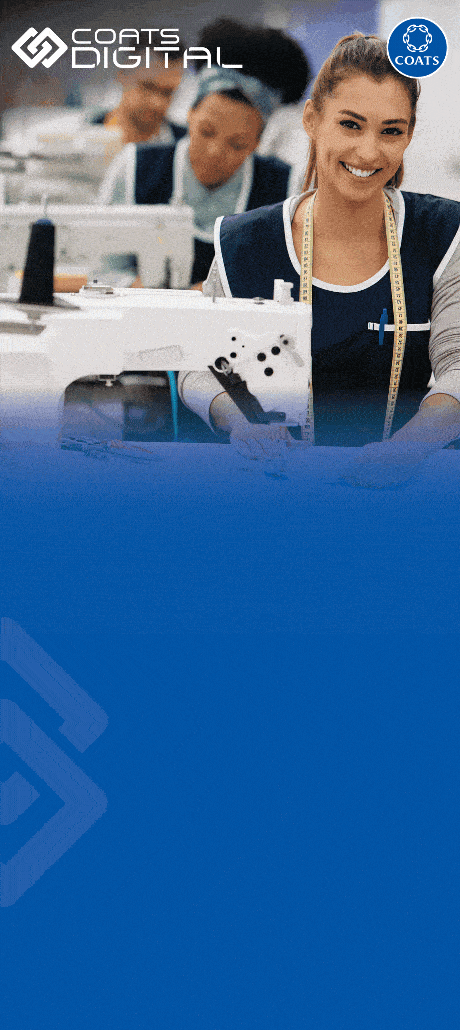Companies are under increasing pressure to use less power and cut the related greenhouse gas emissions. Innovators at Trützschler are always looking for ways to improve our range of machinery to help customers save energy and shrink their carbon footprint.
And now we’ve created an energy-efficient Modular Performance Dryer (MPD) for the production of hydroentangled (spunlaced) nonwovens.
Through-air drying is the most efficient but also a highly energy-intensive process. Power is needed to evaporate the water from the moist nonwoven. This drives costs up, while also causing CO2 emissions to enter the planet’s atmosphere when the energy is generated. Trützschler Nonwovens understands this problem – and we’ve responded by creating a new, energy-saving dryer model.
Energy-efficient design
The MPD features a separate intermediate chamber between the drying and heating chambers. The exhaust air fan extracts humid, cooled-down exhaust air directly from the intermediate chamber. Therefore, only parts of the circulating air and sucked-in fresh air need to be heated up by the heating system.
This significantly reduces the amount of energy needed for the drying process compared to dryers without separated air flows.
Tailor-made heating solutions
For a long time, natural gas burners were the low-cost solution. Now, classic systems such as electric, steam or thermal oil heating are increasingly in demand. New solutions such as hydrogen and biomass burners also become mature.
The MPD is designed for all heating systems – the size 2 configuration is even capable of 2 different systems. Gas burners in the first module are accompanied by electric heating in the second module, allowing a process-specific heating solution.
Space savings
The new MPD also offers advantages regarding space requirements and flexible use of space. It replaces the long multi-drum dryers in spunlaced cotton and viscose or wet-laying lines by a space-optimized, vertical concept. An omega-shaped design features a perforated drum with a two-meter diameter and a 300-degree wrap angle, which gives it a drying zone of 5.2 meters. This is comparable to the five-meter drying zone of our standard type two multi-drum dryer. The MPD achieves the highest levels of nonwoven drying capacity without compromising on quality or production line speed.
Make-up removal – a typical task for dry or wet spunlaced body wipes
The MPD is designed as a building block to enable customers to adapt and enhance their specific drying process. It’s possible to stack two MPD modules on top of each other to form a vertical dryer and optimize evaporation capacity. Horizontal formations and other combinations of the MPD modules are also possible to further maximize drying power and minimize the use of floor space.
Layouts for high-performance processes
Nonwovens from wet-in-wet processes have an extremely high water content of 140 % or more before entering the dryer. Mechanical de-watering by heavy suction, pressing or pre-drying with a forceful air stream distorts the web structure and reduces web volume.
As a result, a long drying zone is the only effective approach. Our proven layout for drying biodegradable wet-laid/spunlaced (WLS) nonwovens with a pulp content of 60 % and 40 % lyocell fibers features two dryers with up to four drums each. Such high-speed WLS processes of up to 300 m/min now can be served with two (2×2) MPD modules.
This configuration requires around 40 % less space than the MDD-4 + MDD-4 configuration. There is a perfect MPD configuration for every hydroentangling line – whether it involves spunlaced wipes from polyester/viscose fiber blends, single or three-layer cotton nonwovens or pulp-based materials.
Trützschler’s innovative dryer model can be adapted and constructed to meet the unique requirements of your factory, your products and your customers. And it can save money, reduce energy consumption and decrease the related CO2 emissions too.



















